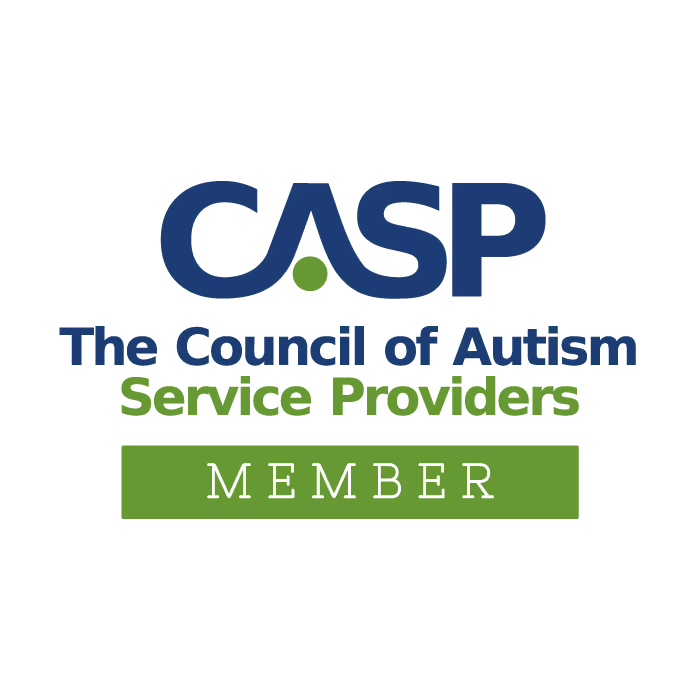Potty Training your child can be a daunting task. Here are a few tips to help you accomplish the job successfully!
Potty Training Do’s:
- Watch for signs that your children are ready. They may show interest in the potty, ask to be changed after they eliminate, or can tell you when they are eliminating.
- Write down when your child normally pees and poops during the day for a week. This will help you determine an appropriate schedule.
- Find success with peeing on the potty first, so increase the fluids! Pooping usually is secondary.
- No more diapers, except for night time! The only way the child can begin to pair the behavior with the sensation of eliminating is to immediately feel it!
- Get the school and day care on board.
- Create a personalized story about using the potty. Use pictures of the child engaging in the routine. Review the story every day and while he/she is using the potty.
- Create a regular potty schedule that is based on your child’s elimination routine. Use a timer, a fun vibrating watch for the child, or alarm clock to signal that it is time.
- Have a potty party! Keep highly motivating items (e.g., portable DVD player) only in the bathroom. The only way they can have access to these items is by sitting on the potty.
- If your child has an accident, have him/her sit on the potty and help with the clean up (e.g., put clothes in the laundry).
- If your child is scared of the potty, try the following: A. reward her/him for engaging in small steps (e.g., going into the bathroom and leaving immediately, touching the toilet, sitting on the toilet with their pants on, standing next to the toilet with their pants down, etc.). B. Keep a small potty in a safe area (e.g., living room). Slowly begin to move the potty into the bathroom.
Potty Training Don’t’s:
- Don’t make it a battle. If they are upset, calmly tell them it’s time to use the potty and remind them of what they are working for (e.g., portable DVD player). Do not provide a lot of attention and attempt to wait until they comply with the direction.
- Do not let the child escape using the potty with their behavior. If the direction was given, you must follow through.
- Do not use time outs when your child tantrums about using the bathroom. They will be escaping the demand.
- Do not expect that your child will quickly begin to ask for the bathroom. The first goal is to just catch them eliminating by using an individualized schedule.
- Do not use “pull ups” or any type of underwear that will absorb fluids.
- Do not reprimand children for having an accident. Calmly tell them, “You pee and poop on the potty”.
- Don’t expect night time potty training immediately. But if you are attempting to potty train at night, do not give fluids before bed time.
- Don’t give into the pressure. Children will learn in their own time. Potty training should occur for typical developing children by the age of four.
- Don’t start potty training in a time of stress (e.g., moving, divorce, etc.).
- Don’t set a deadline (e.g., potty training in a day). Some children are able to accomplish this task in a day. Other children may have fears that need to be addressed that can not be accomplished in one day.
Most importantly, if you find the task to be overwhelming or too stressful for you and or your child, don’t be afraid to ask a Potty Training Expert.
I would love to hear your success stories with potty training! Also, feel free share any funny potty training stories!














